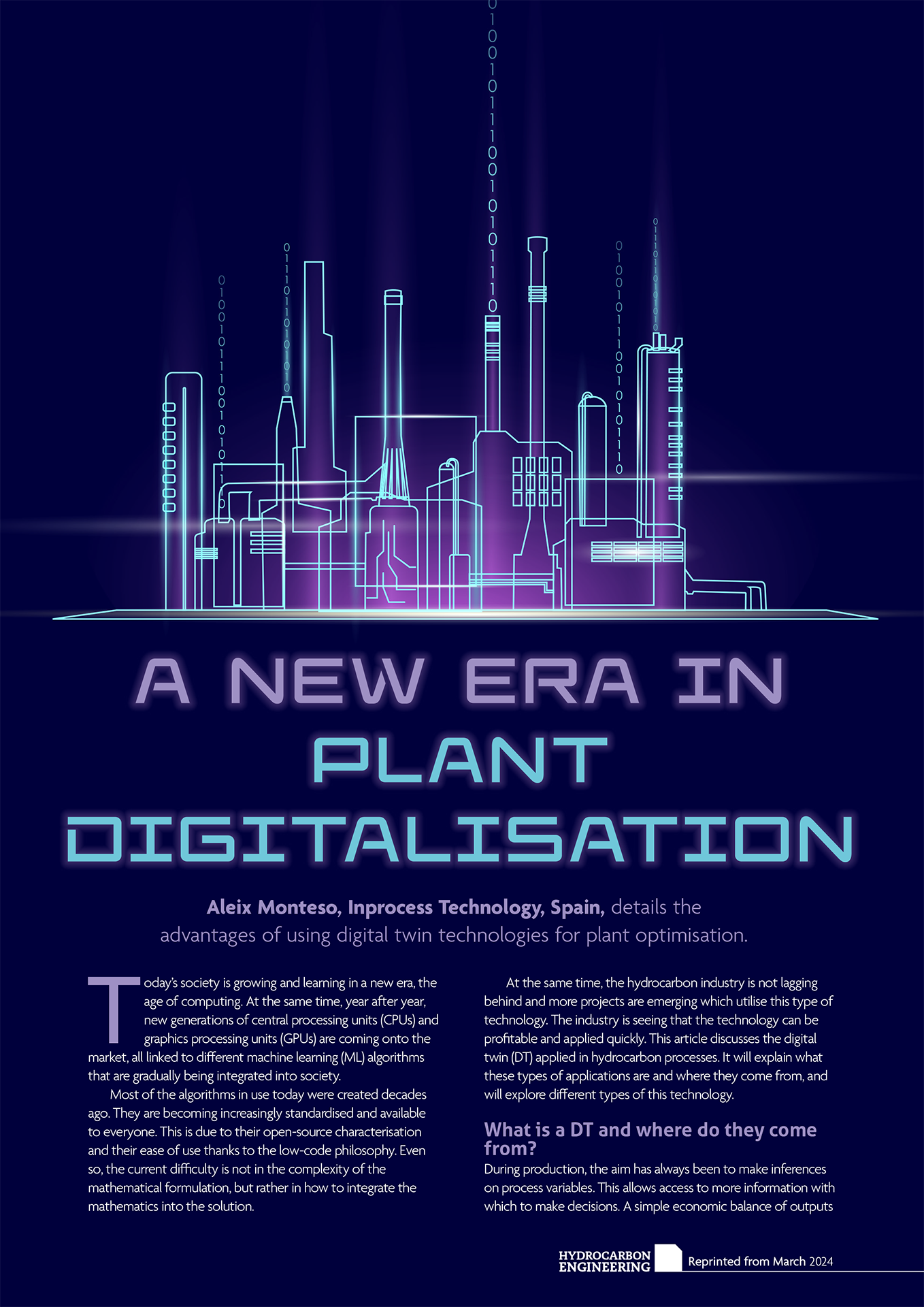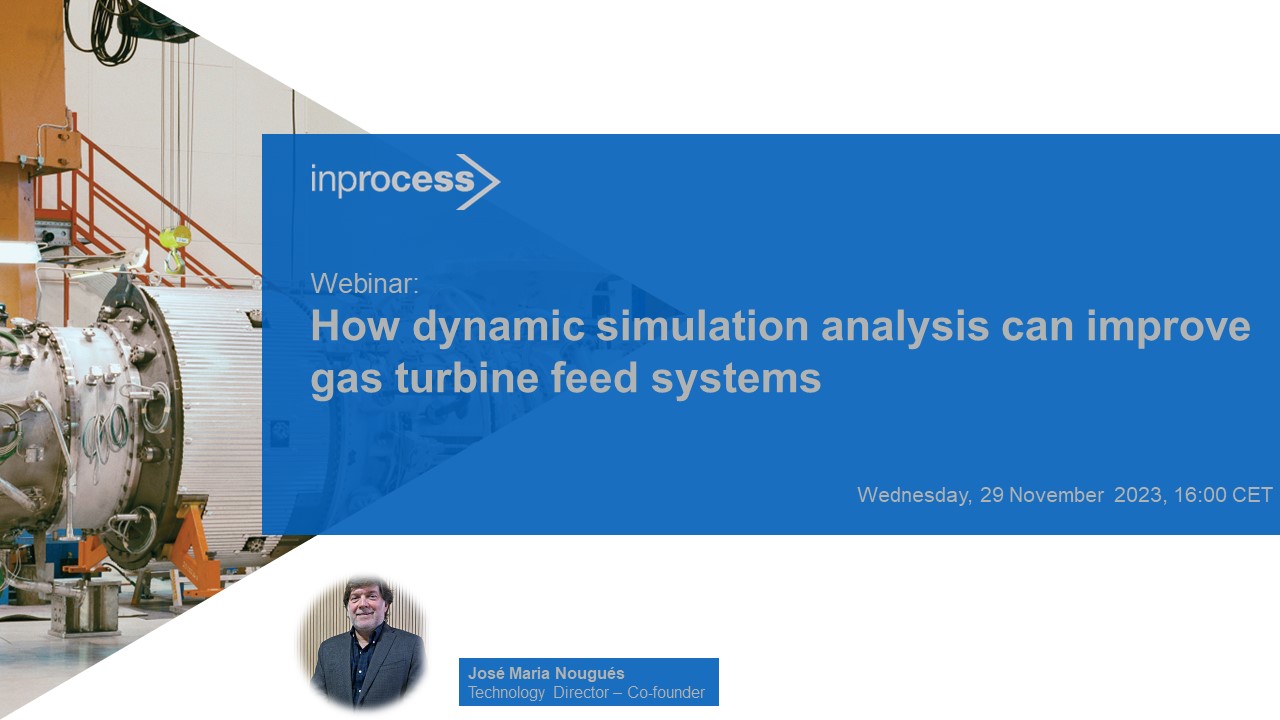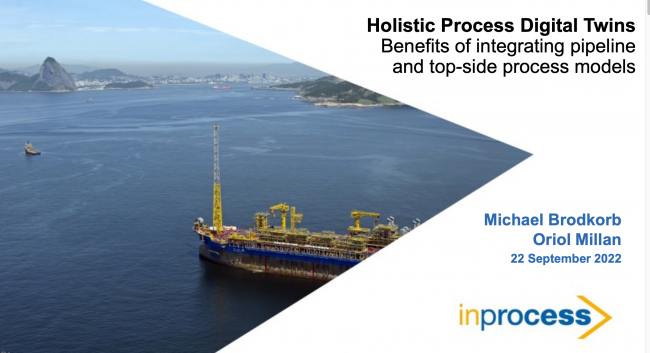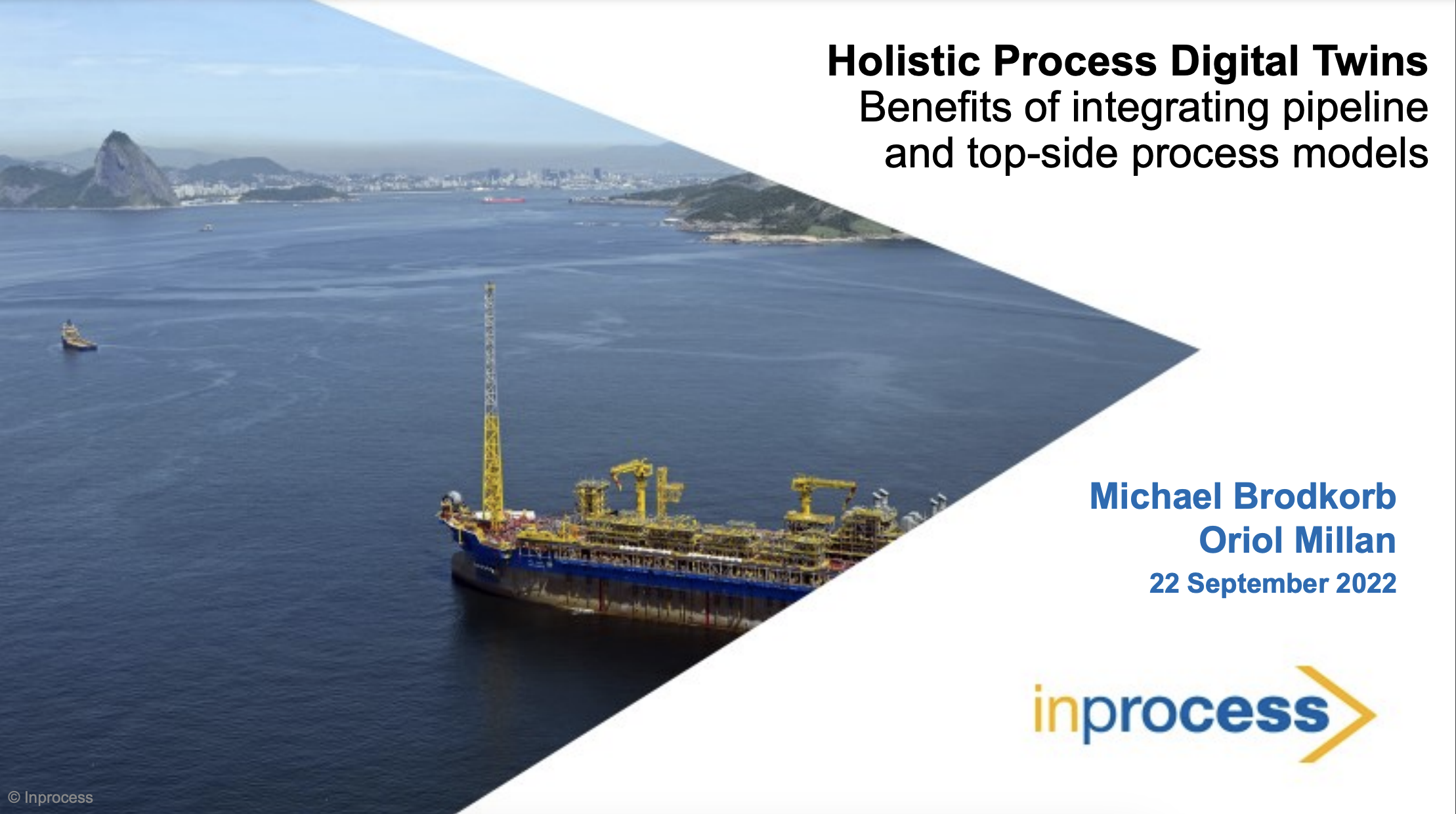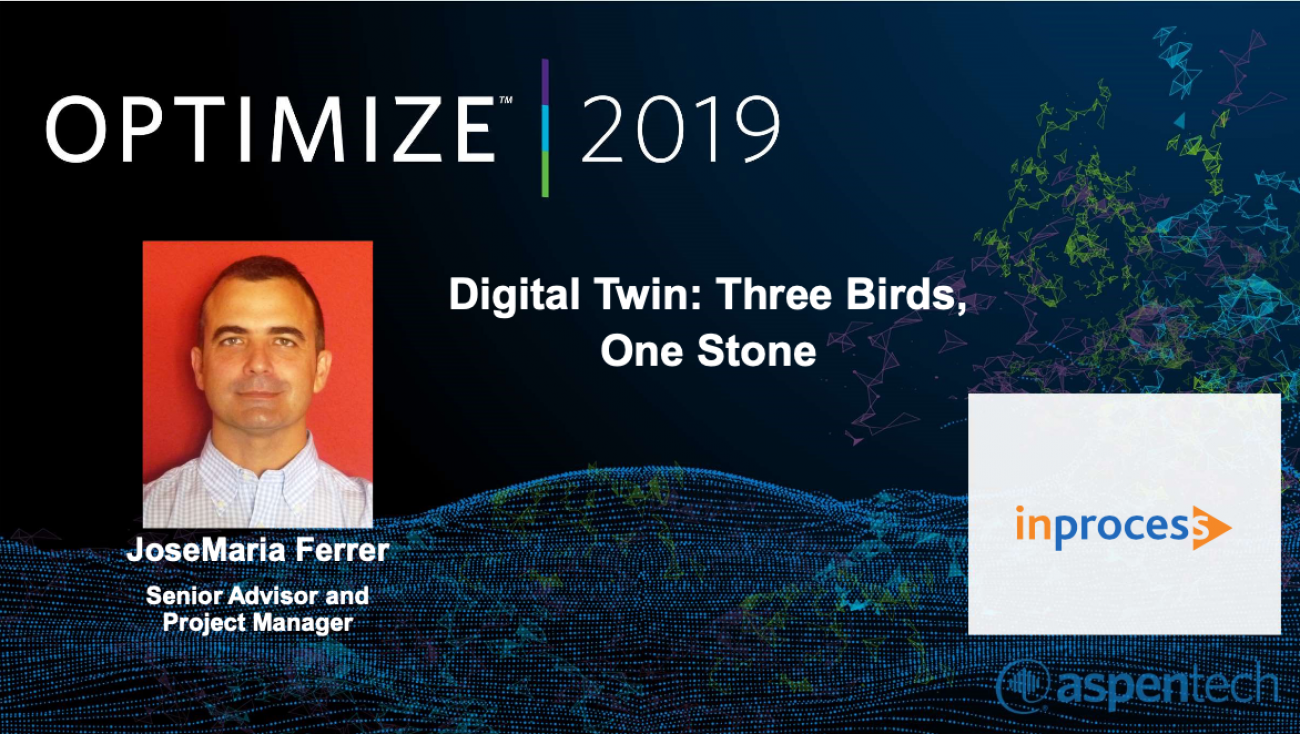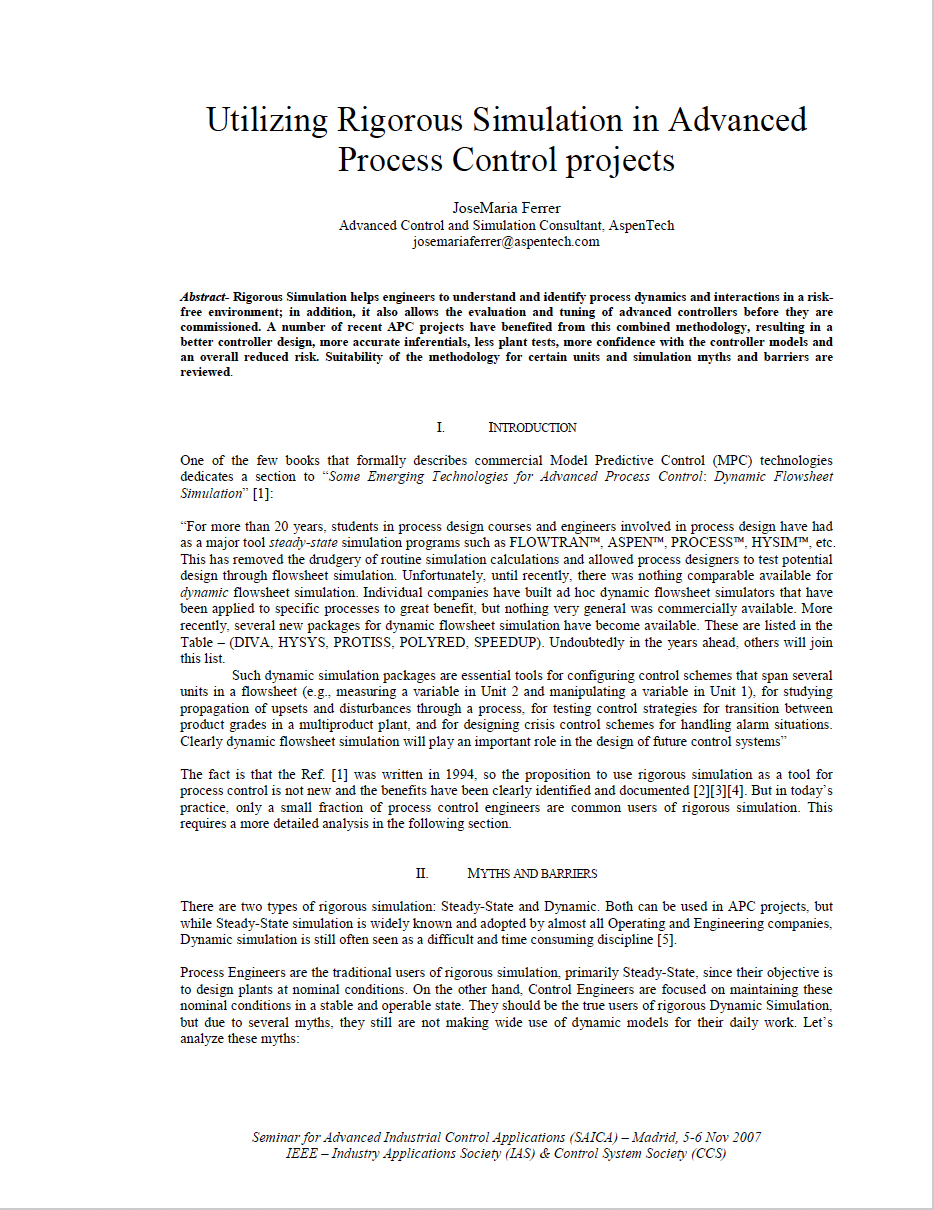Knowledge hub
Inprocess staff participate in congresses, meetings and events where we explain our successes and work in general in the form of presentations and reports. In this section you can find a variety of informative articles which are free to download.
Select Filter
Content type:
Markets:
Product / Solution:
Results:

